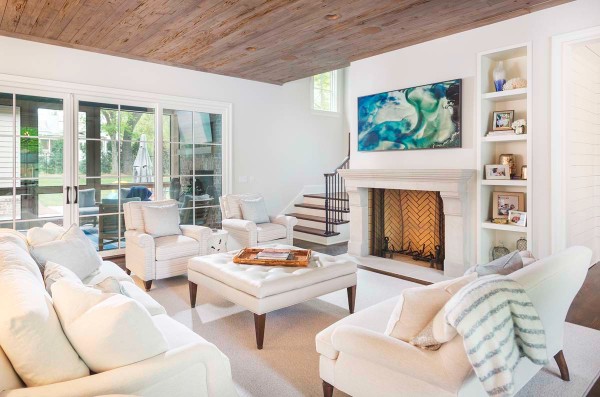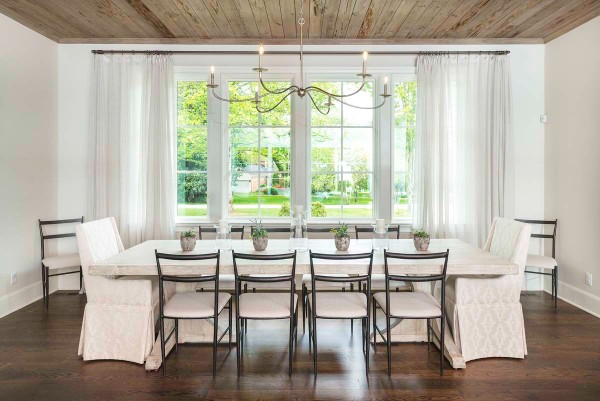Clearing the Air
How a new custom home helps you breathe easy
This article is more technical than most, but it addresses an important issue for today’s homebuyers: how healthy their new home will be. That concern is no surprise, given that we’re getting outside less often than ever. A 2018 YouGov survey of 16,000 people in North America and Europe found that most now spend about 90 percent of their time indoors.
If you want to know what all that indoor time is doing to your family’s health, you’re not alone. Every industry survey of homeowners shows a solid majority worried about indoor air quality. A YouTube video called “The Indoor Generation” garnered 8.4 million views between May 2018 and December 2019 and, among other things, asserts that kids’ rooms are among the most polluted spaces in the average home. Air purification has become one of the world’s fastest-growing industries, with billions of dollars in annual sales.
Although those sales include lots of portable air cleaners (the kind you can order online), they’re far less effective than a good, whole-house filtration system. That means a new custom home is a real opportunity to create a genuinely healthy indoor environment.
The filtration technology available for today’s homes goes way beyond the old paper furnace filter. A lot of homeowners ask their builder about HEPA (high-efficiency particulate) filtration because they’ve heard that HEPA filters do a great job cleaning the air. They do, but they are rare in-home systems because their thickness and density reduce airflow.
Fortunately, other high-efficiency filters work just as well, with MERV (minimum efficiency reporting value) ratings of 7–13. While that’s less than the MERV 13–16 filters used in hospital and general surgery settings, it’s still impressive: the U.S. Environmental Protection Agency says that these filters are “likely to be nearly as effective as true HEPA filters.” And they don’t restrict system airflow.
Good airflow is crucial when it comes to health, but getting it right requires an optimal system size. In a high-performance new home, oversized mechanical equipment will heat or cool the space too quickly to deliver the needed fresh air. To avoid that, a knowledgeable mechanical contractor will size the equipment precisely to match the home’s heating and cooling loads and will place duct grilles where they can best distribute the air.
If it’s hot and humid outside, a too-big system will also do a poor job regulating humidity, which has implications for comfort and health.
Most people understand the health part. Lowering relative humidity (RH) in summer makes it easier for the body to lose heat, which means you don’t need as much cooling. The same principle holds in winter. If the house is cold and the air is dry, raising RH by 15% can let you reduce the thermostat by 3 degrees without noticing.
Relative humidity also plays a big role in health. Too high, and it will encourage mold growth; too low, and it can cause ailments that include asthma, bronchitis, sinusitis, nosebleeds, and dehydration. In any climate, an RH around 45% will provide optimum health and comfort. But of course, the equipment has to be engineered to consistently ensure this outcome.
Professional homebuilders understand these issues and know that safeguarding their customers’ health requires a great mechanical contractor. That’s why the best builders look for the best contractor they can find and make that company an integral part of the design and construction team.

